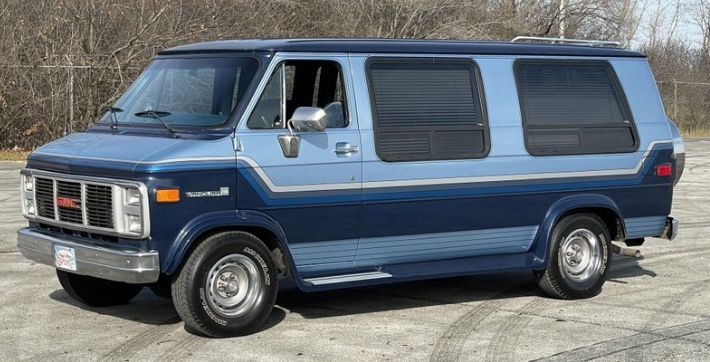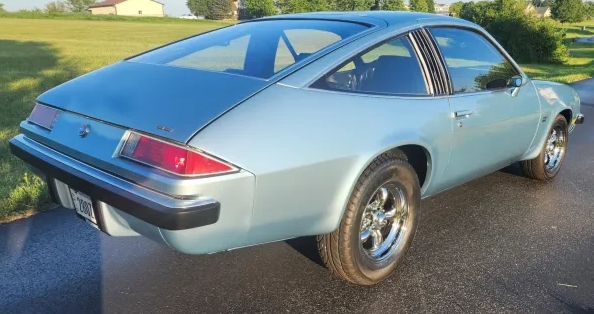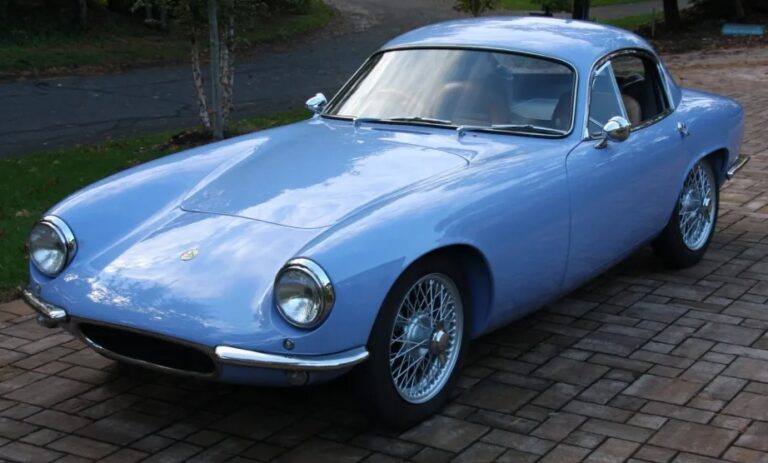The Evolution of the GMC G20 Vandura
The GMC G20 Vandura holds a significant place in the history of American commercial and recreational vehicles. As part of the GMC Vandura lineup, the G20 model evolved over decades, reflecting changes in automotive technology, consumer preferences, and regulatory standards. This article provides a detailed account of the G20 Vandura’s production years, model variations, trim levels, and key features throughout its history.
Introduction to the GMC Vandura Line
GMC introduced the Vandura nameplate in 1975 as part of its full-size van lineup, positioned alongside the GMC G1500 and G3500 series. The Vandura name was used across various configurations, including passenger vans, cargo vans, and conversions. The G20 designation indicated a medium-duty van with a GVWR (Gross Vehicle Weight Rating) ranging approximately from 8,600 to 9,900 pounds, suitable for commercial purposes and recreational conversions.
The G20 Vandura was renowned for its durability, versatility, and adaptability, making it a popular choice among fleet operators, small business owners, and recreational enthusiasts. The model’s lifespan spanned over three decades, during which it underwent multiple generations and redesigns.
Production Timeline and Generations
First Generation (1975–1995)
- Introduction and Early Years (1975–1980): The G20 Vandura was introduced as part of GM’s second-generation full-size vans, sharing platforms with Chevrolet’s G20 series. It was built on the GMT400 platform, which was known for improved durability and driving characteristics compared to previous models.
- Mid-Generation Updates (1981–1984): During this period, the G20 Vandura received several updates, including minor styling changes and interior improvements. The engine lineup was refined for better performance and emissions compliance.
- Late-Generation (1985–1995): The final years of the first generation saw further updates, including the introduction of more powerful engines, safety features, and optional amenities. The G20 Vandura remained a staple in commercial and conversion markets.
Second Generation (1996–1999)
- Redesign and Modernization: The second-generation Vandura was introduced in 1996, built on the GMT600 platform, offering enhanced safety, comfort, and performance features. This generation marked a significant modernization, with more aerodynamic styling and improved chassis dynamics.
- Discontinuation: Production of the G20 Vandura ceased in 1999, as GM shifted focus towards the Chevrolet Express and GMC Savana models.
Detailed Model and Trim Overview
Throughout its production, the GMC G20 Vandura was offered in various configurations, typically distinguished by trim levels, packages, and specialized conversions.
First Generation (1975–1995)
Base Model Variants:
- G20 Van: The standard commercial van, designed for cargo or passenger use.
- G20 Conversion Vans: Customizable versions often modified by third-party conversion companies for luxury or recreational use, such as camper vans.
Trim Levels and Packages:
- Base: The entry-level commercial van with minimal amenities.
- GMC SLE: A higher trim level offering enhanced interior options, upgraded seating, and convenience features.
- GMC SLT: Available in later years, featuring premium interior appointments, optional leather seats, and additional comfort features.
- Work Van: Focused on utility, with basic interior and no luxury features.
Engine Options:
- 6.2L Diesel V8: Available in the late 1980s and early 1990s, favored for fuel economy.
- 5.7L (350 CID) V8: The most common gasoline engine, providing reliable power.
- 7.4L (454 CID) V8: Available in higher-performance models, especially for heavy-duty applications.
Transmission Options:
- 4-speed manual (rare, mainly in early models)
- 3-speed automatic
- 4-speed automatic (later years)
Specialized Conversions:
- Camper conversions
- Ambulance variants
- Utility service vans
Second Generation (1996–1999)
Model Variants:
- GMC G20 Van: Continued as the mid-sized van for commercial and recreational use.
- GMC G2500: The heavier-duty variant, with higher GVWR.
Trim Levels and Features:
- Base: Basic utility van with minimal trim.
- SLE: Upgraded trim offering interior comfort, improved seating, and optional features like air conditioning, power windows, and upgraded audio.
- Extended and High-Top Versions: Offered for increased cargo space or passenger capacity, especially popular among conversion specialists.
Engine Options:
- 4.3L V6: Standard engine, providing decent performance and economy.
- 5.7L V8 (350 CID): Available for more power.
- 6.5L Turbo Diesel V8: Optional in certain models, emphasizing fuel economy and durability.
Transmission Options:
- 4-speed automatic transmission
- 5-speed manual transmission (less common)
Design and Features:
- Modernized exterior with aerodynamic styling compared to earlier boxy designs.
- Improved safety features, including optional anti-lock brakes.
- Enhanced interior comfort and noise insulation.
Notable Features and Technological Advancements
Over its production span, the GMC G20 Vandura saw numerous technological and design improvements:
- Emissions Compliance: Transition from carbureted engines to fuel-injected systems in the late 1980s and early 1990s.
- Safety Enhancements: Introduction of anti-lock braking systems (ABS), improved crash safety features, and better lighting.
- Comfort and Convenience: Options such as air conditioning, power steering, upgraded audio systems, and improved seating.
- Customization: The G20 Vandura’s platform supported a wide range of conversions—ranging from luxury camper vans to utility service trucks.
.
We LOVE cars & cruising around, but sometimes day trips to explore new cities are required (with family or friends) for a spice of variety in your life!
So GO explore!
Cruises & Day/Night City Tours to: Baltimore, Boston, Chicago, Marina Del Ray, New York, Niagara, Philadelphia, San Diego, San Francisco, Toronto, Washington DC, etc.:

.
End of Production and Legacy
GM discontinued the GMC G20 Vandura in 1999, replacing it with the GMC Savana and Chevrolet Express series, which offered similar capabilities with updated styling and technology. Despite its discontinuation, the G20 Vandura remains a beloved vehicle among enthusiasts, collectors, and conversion specialists.
Its legacy is characterized by its ruggedness, versatility, and adaptability. Many G20 Vanduras from the 1980s and early 1990s are still in operation today, often refurbished or customized for various uses.
Summary
| Production Years | Model Name | Main Generations | Notable Features |
|---|---|---|---|
| 1975–1995 | First Gen G20 Vandura | Built on GMT400 platform | Durable construction, diverse configurations, various trims |
| 1996–1999 | Second Gen G20 Vandura | Built on GMT600 platform | Modern styling, improved safety, new engine options |
Trim Levels:
- Base
- SLE
- SLT (later years)
- Work Van
- Conversion packages
Engine Options:
- 6.2L Diesel V8
- 5.7L (350 CID) V8
- 7.4L (454 CID) V8
- 6.5L Turbo Diesel V8
- 4.3L V6 (second generation)
Conclusion
The GMC G20 Vandura exemplifies the evolution of American full-size vans from utilitarian workhorses to versatile platforms for recreation and luxury conversions. Its production spanned over two decades, during which it adapted to changing market demands and technological advancements. Today, the G20 Vandura remains an iconic vehicle, remembered for its toughness, adaptability, and role in shaping the modern van segment.







